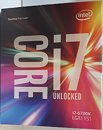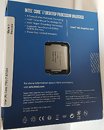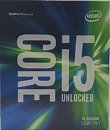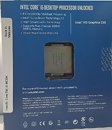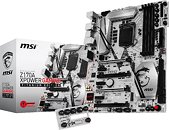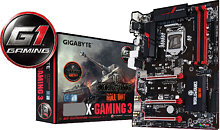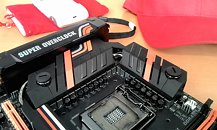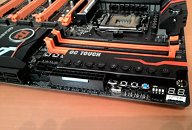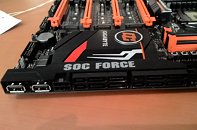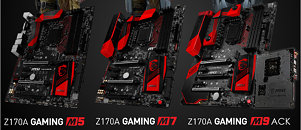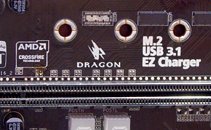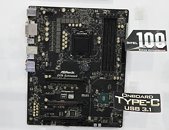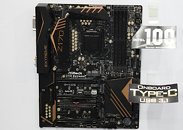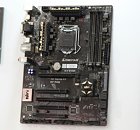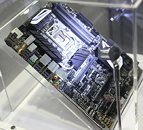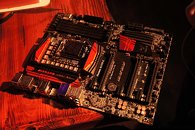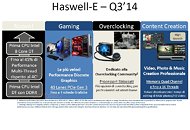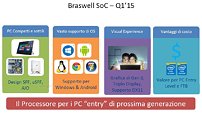
Intel Core "Skylake" Retail Boxes Surprisingly Colorful
The retail packaging of Intel's 6th generation Core "Skylake" processors in the LGA1151 package, will be surprisingly colorful, and a throwback to the pre-Pentium 4 era, according to spy-shots of the retail boxes of the upcoming Core i7-6700K and Core i5-6600K. What's even more surprising, is that packages of the i7-6700K and i5-6600K, which feature unlocked base-clock multipliers, making them primed for overclocking, do not include stock cooling solutions. Their retail packages resemble those of Intel's Core i7 HEDT processors. In the box, you'll find just the processor, its case-badge, and basic documentation.
Both the Core i7-6700K and Core i5-6600K feature the same integrated graphics SKU - HD Graphics 530. Both feature integrated memory controllers that support both DDR3L and DDR4 memory types. The Core i5 predictably lacks HyperThreading, and only features 6 MB of L3 cache, while the Core i7 features HyperThreading, and the full 8 MB present on the chip. The "Skylake" silicon will be built on the 14 nm process.
Both the Core i7-6700K and Core i5-6600K feature the same integrated graphics SKU - HD Graphics 530. Both feature integrated memory controllers that support both DDR3L and DDR4 memory types. The Core i5 predictably lacks HyperThreading, and only features 6 MB of L3 cache, while the Core i7 features HyperThreading, and the full 8 MB present on the chip. The "Skylake" silicon will be built on the 14 nm process.
